We sometimes are asked why we might use a mutual fund rather than an ETF in the portfolios we build for our clients and why we are willing to pay a trading fee to buy that fund when an ETF can be bought for free? There is actually a process for how we arrive at that important decision.
That process starts with the mix of investments we use to create a portfolio.
Since the industry likes to use pie charts to help clients visualize their portfolios, I am going to use the analogy of baking a pie to help explain why we use certain investments.
The finished pie is your portfolio, the recipe is the model we follow, and the ingredients are the various investments.
The ingredients we use to build a portfolio are called asset classes. A sample of some of these asset classes are:
-
-
- Large and small company stocks,
- Growth and value stocks,
- International and emerging market stocks.
- Government bonds
- Corporate bonds
- Mortgage backed bonds.
-
Asset classes are owned in the form of mutual funds or ETFs (an ETF is a form of a mutual fund).
So how does one turn the ingredients into a pie? Portfolio construction is the idea of creating an optimal portfolio – what mix of ingredients will create the tastiest pie or, in financial terms, what mix of investments will provide the highest return for a given level of risk.
Finding that mix is not always an intuitive process. For example, one may look at small value stocks and ask “why should they be included in a portfolio; they are very risky?” That is true, but when added in the right proportion with other asset classes they can actually add return without increasing risk. This is the free lunch of diversification.
The key point is this: it is not how an investment looks on its own. Rather, it is how the portfolio as a whole, responds when the investment is added to the mix.
Cinnamon may not be good to eat on its own, but it is an important ingredient when mixed in the proportion to the pie.
Over the years, many sophisticated statistical and mathematic tools have been created to help build optimal portfolios. Tools such as the Capital Asset Pricing Model (lovingly referred to as the CAPM), the Fama-French 3 Factor Model, Mean Variance Optimization, Monte Carlo Analysis, and the Black-Litterman Model.
Level uses some of these tools help create our portfolios (recipes).
Next comes finding the correct and best quality ingredients. This is where the mutual fund or ETF decision comes into play and where we decide whether we are willing to pay a transaction fee for the best-in-class investment (ingredient).
When it comes to finding the best ingredients, Level is agnostic when choosing mutual funds or ETFs. we have no affiliations with any fund companies, and receive no value of any sort for selecting one investment over another. We look at the entire fund universe available to us and choose what we believe is the absolute best ingredient as defined by the recipe.
For example, our portfolios have a small value stock allocation. When we built the model portfolio, it was based on a specific definition of “small value.” There are hundreds of mutual funds and ETFs that are classified as “small value,” but they all don’t look the same because they use different definitions of what is considered a “small value” stock. We use the DFA small value mutual fund in our portfolios because we believe it best matches the ingredient called for in the recipe.
Just as when baking a pie that calls for Granny Smith apples, Red Delicious apples could be used; they are apples, but they won’t cook as well and their flavor will not be complimented as nicely by the other ingredients.
This is why we might use a mutual fund with a $20 transaction fee and slightly higher administrative fee over a “free” ETF. It’s because we feel it works best with the portfolio design, it is the exact ingredient called for by the recipe.
A quick note on “free” ETFs. It’s important to note that ETFs are not truly transaction free; they have a small administrative cost associated with them and even though they are “free” to purchase at Charles Schwab, and other brokers, they do have bid-ask spreads which means they are purchased for more than what they can be sold for by the consumer. The bid-ask spread is just a hidden fee paid to the market makers who facilitate the transaction. They are not much different than the fee that a custodian, like Charles Schwab will charge to purchase a mutual fund for a client account. In fact, the bid-ask cost may exceed a $20 mutual fund transaction fee at higher balance purchases.
The bottom line is this: your Level portfolio is based on sophisticated statistical tools and it is designed to give you the probability of the best return for the risk of the portfolio.
Stated another way, Level bakes your pie using a time-tested recipe and by using the finest ingredients available.
Michael Angelucci, MBA CFP®
Financial Advisor


